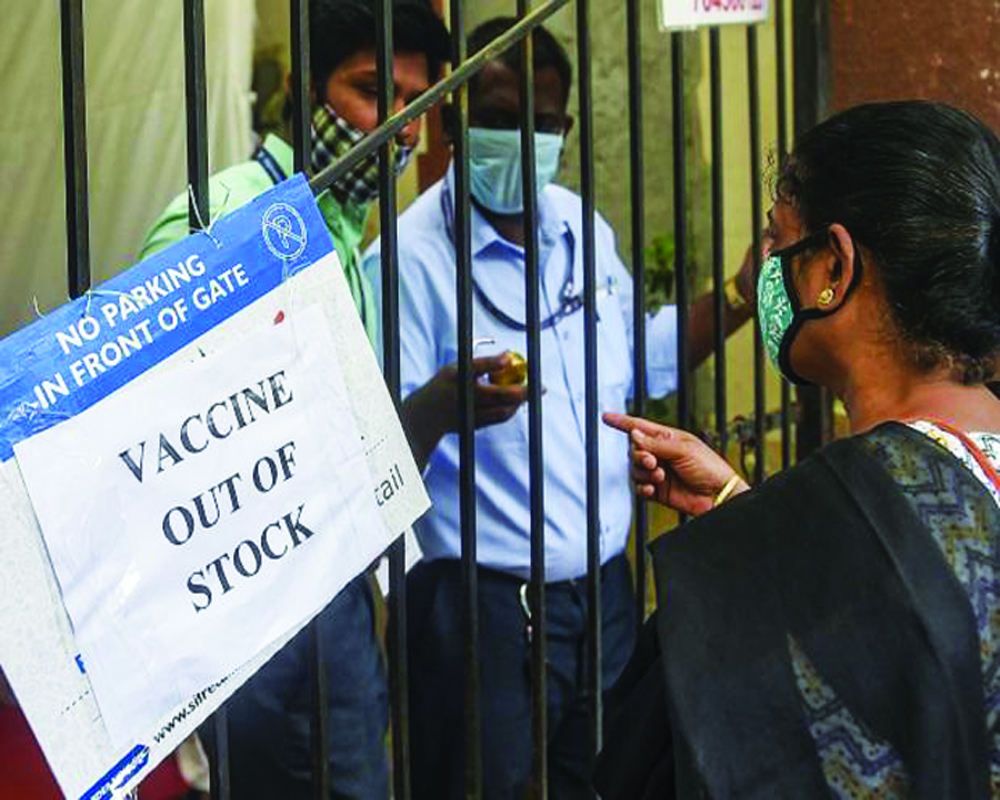People, especially in rural and low-income areas, are in mortal dread of getting the jab
It is over a fortnight since hundreds of Government vaccination centres for the 18-44 age group in Delhi have remained shut because of vaccine shortage. The story is the same in several other States. It is the primary reason for the vaccination programme slackening. The other, and more important reason with serious implications, is vaccination hesitancy. It has afflicted the low-income group residential colonies, slums and the countryside the maximum. People are simply refusing to take the jab. They are running away from accredited social health activists (ASHA). Along with infection in the second wave, misinformation and rumours too have trickled into the rural areas. Several voluntary agencies that have visited the villages across the country return with the same message: It is very difficult to convince villagers. They believe what they have heard or read or seen on television. Nothing shakes their belief. In late April and May, there were reports of villagers running away from health workers carrying the infrared thermometers, thinking them to be guns. That is what they are called in the villages of Uttar Pradesh, for instance. Their orthodoxy and conservative beliefs strengthen the rumours and the half-baked information they get to hear about the vaccines. One of the bizarre reasons is that vaccines cause impotence. Or that they heard on television that vaccination after-effects can show after even two or three years. Some think vaccines cause death, some that they offer incomplete protection against COVID-19.
Some migrant and daily wage workers are diffident about taking vaccines because if they get fever as reaction, they might lose a day’s wages. People, particularly members of tribal communities in Uttar Pradesh, Maharashtra, Madhya Pradesh, Chhattisgarh, Jharkhand and Rajasthan, use any and all excuses to not visit the vaccination centres. These centres have vaccines, but the queues are just not forming; at best the people are a trickle. The Union Government urgently needs to run a national campaign to dispel the rumours in rural areas. It needs to be a top-down campaign because the villagers and tribals are hardly listening to ASHA and health workers. The people will hear those in power or position who they can trust. It is their messages they will hear and believe. The countryside has had experience with several national immunisation programmes in the past, polio drops for example, and workers never had any problem administering the doses. The Chief Ministers have only now begun to personally tour rural areas to convince people to vaccinate themselves. The vaccination drive is boiling down to a paradoxical situation where vaccines are available in the rural areas for free but people are hesitant to take the jab, while in urban centres where vaccines are available at a cost in private centres, people with low financial means are unable to afford them. Later in June, and certainly in July, India will have plenty of vaccines. What will be needed are people to take the jabs.


























